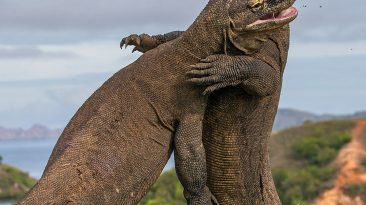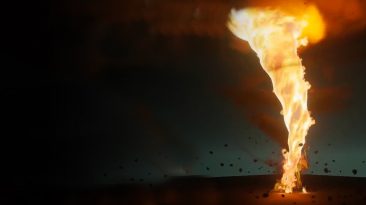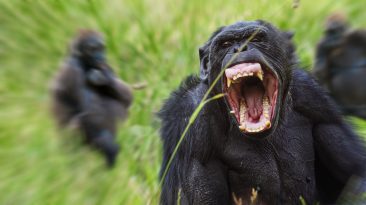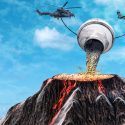Three hundred million years ago, Earth belonged to the giants of the insect world. Towering scorpions, massive millipedes, and dragonflies the size of seagulls dominated the land and skies. They eventually vanished, paving the way for dinosaurs and, much later, mammals. But what if these colossal bugs had never gone extinct?
The ecosystems we know today would look entirely different, and humans would have evolved in a much more dangerous environment. Here are seven things that would happen in a world still crawling and buzzing with giant insects.
1. The Return of Carboniferous Titans
During the Carboniferous Period, oxygen levels were far higher than they are today, at around 35 percent compared to our current 21 percent. This abundance of oxygen allowed insects to grow to staggering sizes. Griffenflies had wingspans up to 70 centimeters, giant millipedes stretched over 2.5 meters, and massive scorpions were large enough to rival modern day house cats in weight. If they returned, these creatures would fill forests, swamps, and skies once again, creating a world where humans would have to watch every step and every overhead shadow.
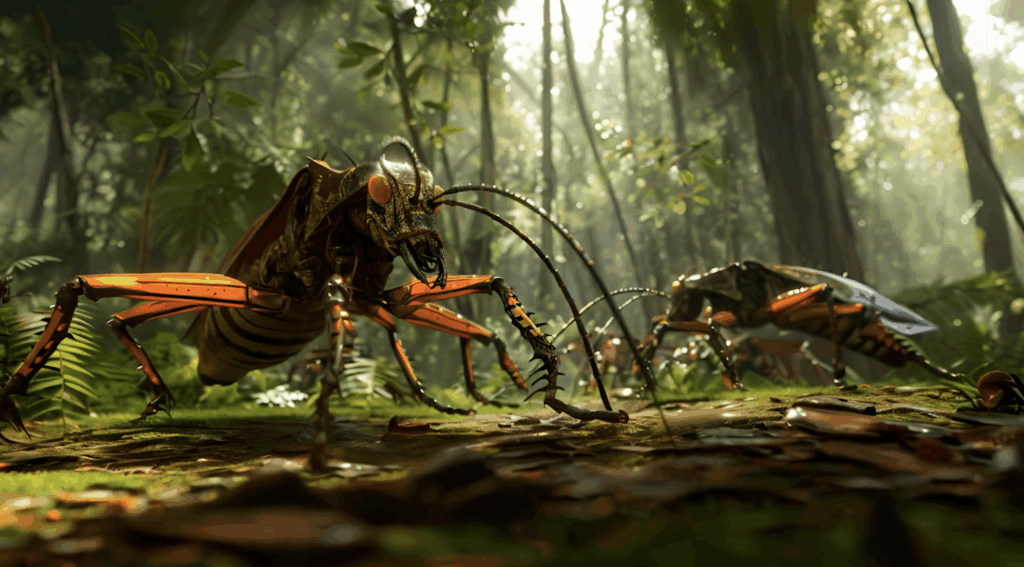
People would likely need to carry protective gear outdoors, and entire industries would form just to manage these colossal creatures. Tourism might even emerge around observing these massive insects, though only the brave would dare to get close.
2. Why They Grew So Large in the First Place
Unlike humans, insects breathe through tiny openings in their exoskeletons called spiracles, which connect to a network of tubes that deliver oxygen directly to their cells. More oxygen in the atmosphere meant more could flow into their bodies, supporting larger sizes. In today’s atmosphere, this system limits insect growth, but in a 35 percent oxygen world, their bodies could once again support massive proportions.

However, such high oxygen levels would make fires far more common, and forests could ignite from even the smallest sparks. These conditions would also accelerate plant growth, creating denser and more humid environments that would be perfect for insect expansion. With lush vegetation and an abundance of oxygen, these creatures would thrive in ways that would challenge human dominance.
3. How Birds Brought Them Down
Even as oxygen remained high, the rise of birds during the age of dinosaurs spelled doom for giant insects. Bigger insects were easier prey, so evolutionary pressure favored smaller, quicker species that could escape predators.
If birds had never evolved, the giant insects might have continued to thrive, filling ecological roles similar to large reptiles and mammals today. In a modern setting without enough predators, their populations could explode, causing major ecological shifts. This could lead to massive competition for food and territory, forcing humans to adapt their farming and living spaces. Entire ecosystems might become unrecognizable, with insects dominating the food chain.
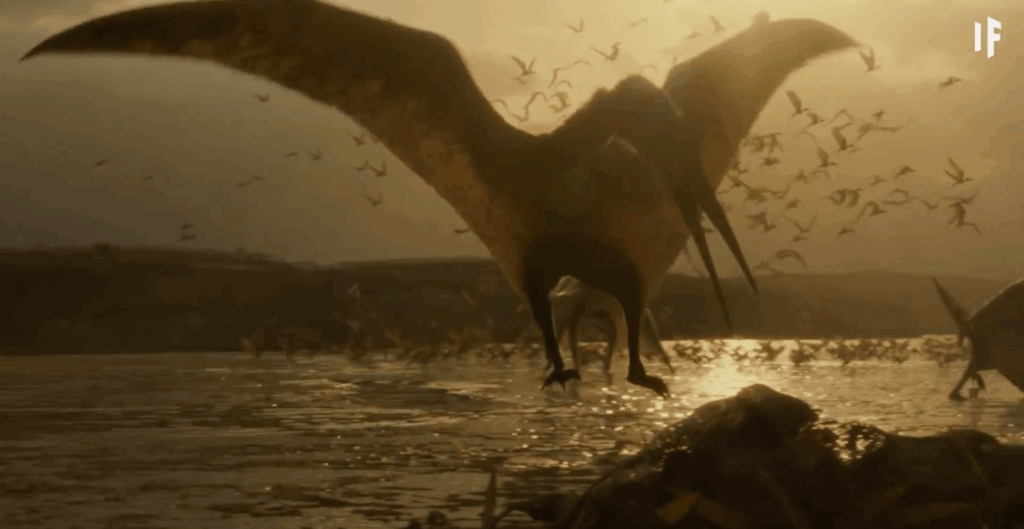
4. Modern Survival Strategies
If giant insects existed today, they would need new ways to survive against predators, including humans. Some could adopt stealth reproduction cycles like cicadas, staying hidden underground for years before emerging to breed. Others might develop chemical defenses similar to the lubber grasshopper, releasing toxic sprays or storing poisons from plants to deter attackers.
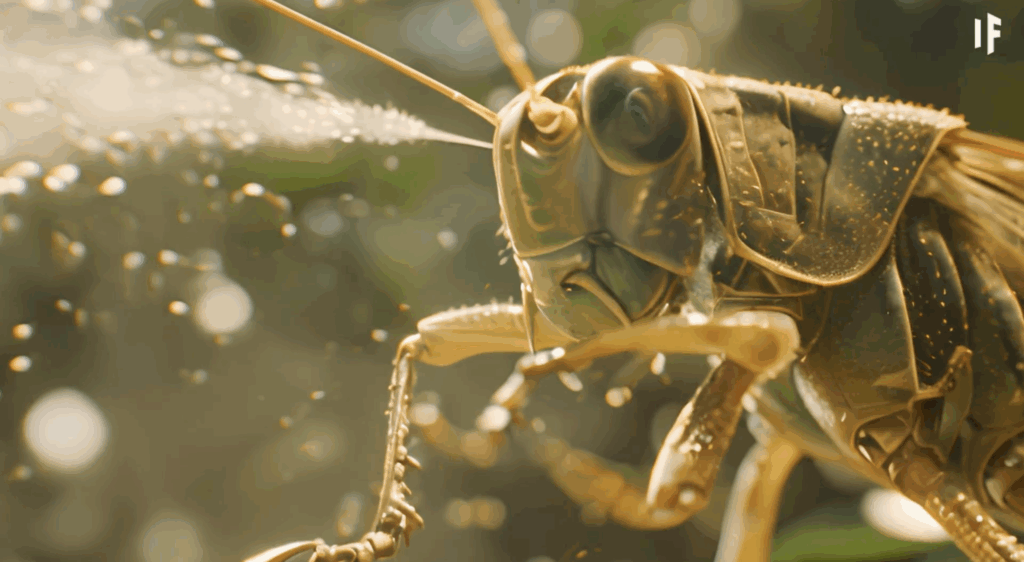
These strategies could keep their massive bodies safe and help them dominate in a predator rich environment. Additionally, some species might adapt camouflage abilities to blend into forests or urban areas. Over time, these adaptations could make them even more dangerous, as humans would have a harder time spotting them before it was too late.
5. Human Life in a Giant Insect World
Daily life would change dramatically. People might have to defend homes from giant cockroaches or fend off aggressive, dog sized dragonflies. Pest control would become a major industry, possibly involving heavy duty weapons or advanced repellents.
Insects could also become a significant food source, offering high protein meals in a more sustainable form than livestock. Entire cuisines might emerge based on grilled griffenfly wings or roasted giant beetles. Communities might build protective domes or netted enclosures to keep out flying predators. Cities would need to be redesigned with insect-proofing as a top priority.

6. Environmental and Safety Hazards
A 35 percent oxygen atmosphere would mean more frequent and intense fires. Some giant insects, like scaled up bombardier beetles, could accidentally spark blazes with their chemical defenses. Forest ecosystems would need to adapt, evolving plants resistant to burning or capable of regrowing rapidly.
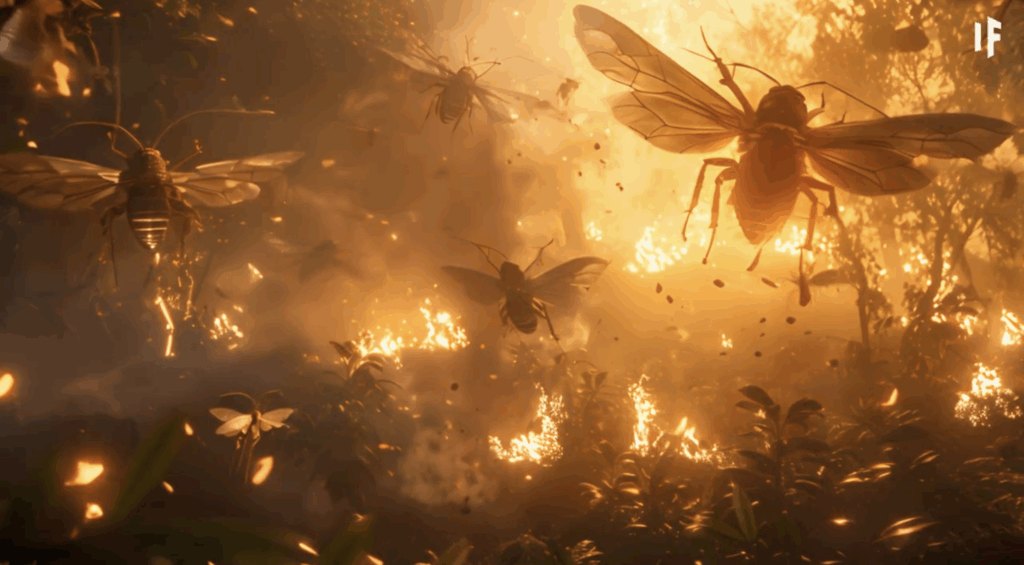
Noise pollution would also rise, as swarms of giant cicadas could produce sounds loud enough to damage human hearing, changing how we design cities and outdoor spaces. Emergency services would need specialized equipment to deal with insect related disasters. Insect droppings and remains could even affect water supplies, making sanitation a bigger challenge.














